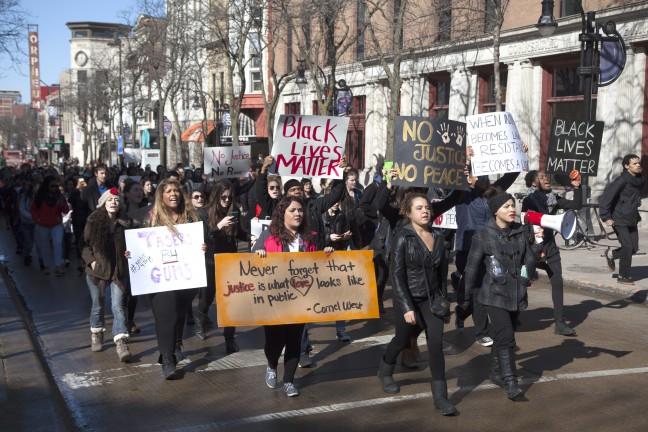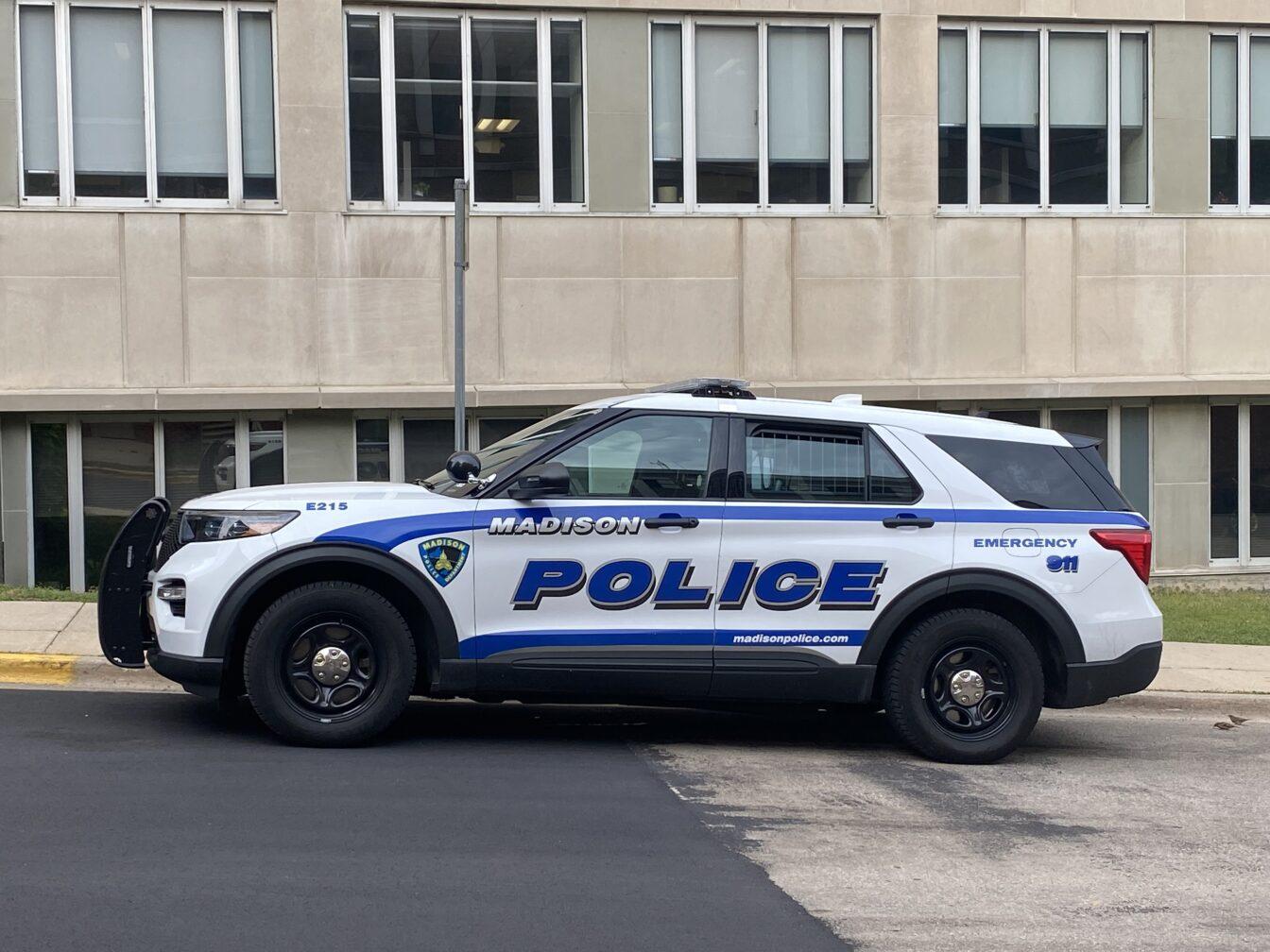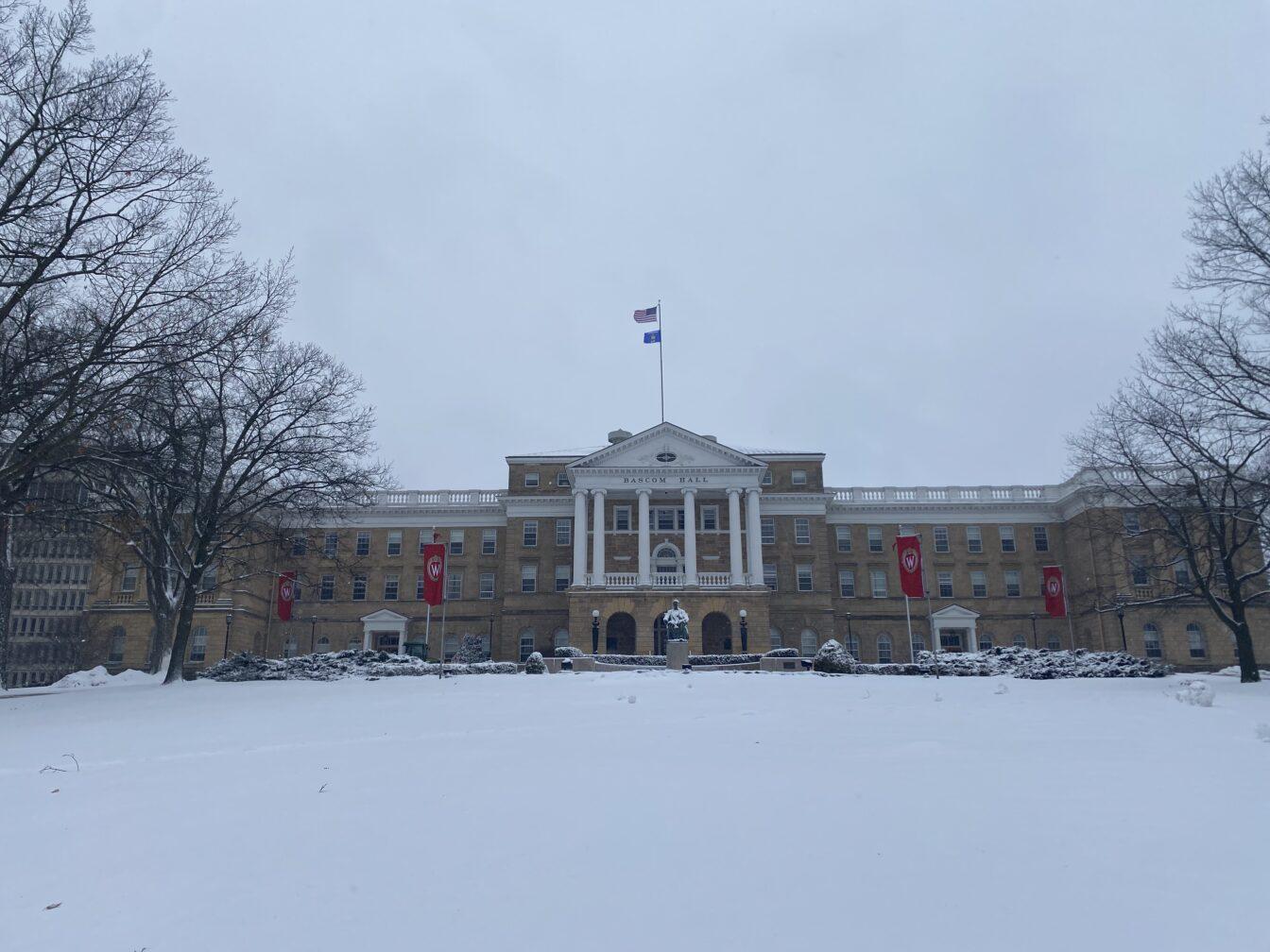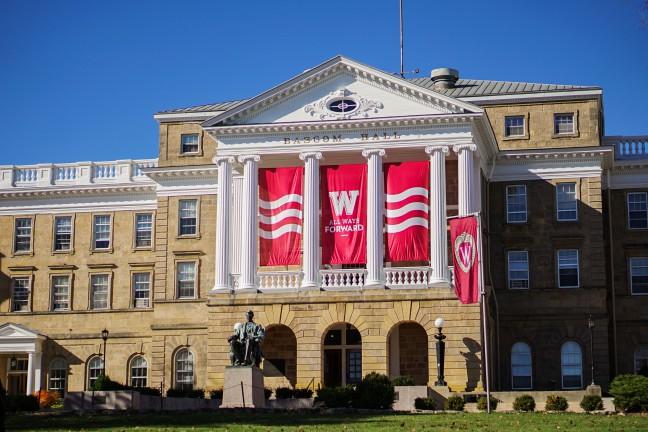A single narrative echoed through the rafters of East High School’s gymnasium Saturday: 19-year-old Tony Robinson, who died in an officer-involved shooting last week, will change the world.
Tony Robinson’s death: a portrait of a life ended, a life halted, a community united
Robinson’s death has led to an outpour of community support. Madisonians have attended almost daily demonstrations against police brutality and racial injustice as well as meetings to strategize next steps.
The house where Robinson was shot is not far from downtown, yet it is outside many University of Wisconsin students’ worlds. We, the students, are often content existing within our campus “bubble.” It is easy to never venture east of the Capitol, or south of Regent Street.
Community, family members channel ‘all power to the people’ in memory of Tony Robinson
As residents of Madison, we are part of something much larger than campus alone. If Tony Robinson is going to change the world or create change in Madison, it is important students are involved. Madison is a vibrant city, only part of which is visible from the windows of Bascom Hall.
It is also a city with systemic racial divides.
There are serious racial disparities in Madison. In 2011, 75 percent of black children in Dane County were living in poverty, compared to 5 percent of white children. The Young, Gifted and Black Coalition cited recent figures indicating Madison police are 11 times more likely to arrest black adults than white adults at a community forum last week.
Equal Opportunities Commission looks to address racial disparity, community issues
Although these issues have already been topics of discussion for the Madison community, the campus as a whole had not yet picked up the dialogue — until now.
If students want their UW experiences to prepare them to be better world citizens, the first step is understanding Madison’s cultural dynamics.
Robinson’s death is just the beginning of the conversation within UW — a conversation that we’ve needed to have for a long time.
The protests will eventually die out — that is their nature. But it’s important that we keep the movement alive. We need to take the initiative to improve all of Madison for all of its residents, not just the parts of the city we see every day.
To better the city, it is crucial for all Madison residents to be actively involved in the community. Students can become active citizens by voting, particularly in the upcoming mayoral race April 7.
Incumbent Mayor Paul Soglin faces Ald. Scott Resnick, District 8. Learn about their platforms and history of working to bridge divides in the city.
Bridget Maniaci, former District 2 alder, told this Board while campaigning for mayor, “[Madison Mayor Paul Soglin’s] 40-year legacy: He’s built one of the most racist segregated cities.”
Of course Soglin is not single-handedly responsible. Soglin himself acknowledged the disparities this past week during the demonstrations and made a call for action.
However Maniaci’s statement still holds merit. Soglin has been in office for nearly half a century. As for Resnick, he has had good ideas on how to close divides in Madison, but was not well-received at a community meeting debriefing the shooting. He has been quiet on the issue since the incident.
It is necessary that these candidates’ opinions are heard and their ideas vetted before the election. Students must weigh in as next year’s class will not have this chance.
Tony Robinson can very well change the world, but only if all Madison residents, including students, continue fostering conditions for further change.
Students are stakeholders in Madison. As such, we have a responsibility to leave the city a better place than we found it.













